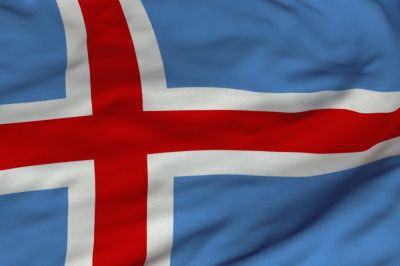
The higher education level in Iceland comprises seven institutions, all of which are subject to the provisions of the Higher Education Institutions Act of 2006. In the Higher Education Institutions Act the Icelandic term háskóli is used to refer both to those higher education institutions which have a number of faculties, permanent research organization and undergraduate and graduate programmes, and those that do not have research responsibilities.
The Higher Education Institution Act, enacted in July 2006, establishes the general framework for the activities of higher education institutions. The Ministry concludes performance-related contracts with all higher education institutions.
The Public Higher Education Institutions Act describes rules and guidelines concerning the administration of each institution. Legislation on the Science and Technology Policy Council was enacted in 2003 with the purpose of strengthening science, research education and technical development in the country. A council appointed by the prime minister is to make policy declaration for science and technology for three-year periods.
Under the Higher Education Act, the general objectives of higher education institutions are to serve as scientific research and educational institutions, to provide students with education preparing them for working independently in science, innovation and the arts and to fill the various employment positions in society that require higher education. Higher education institutions are also to educate the public and to serve society through their knowledge. More specific objectives are outlined in legislation on the individual institutions.
A new Policy on Public Universities was introduced in 2010 to safeguard the activities of the public universities by establishing a collaborative network, with possibility of a merger. The policy and its agreements enables student at the public higher education institutions to structure their studies by taking courses at all the higher education institutions.